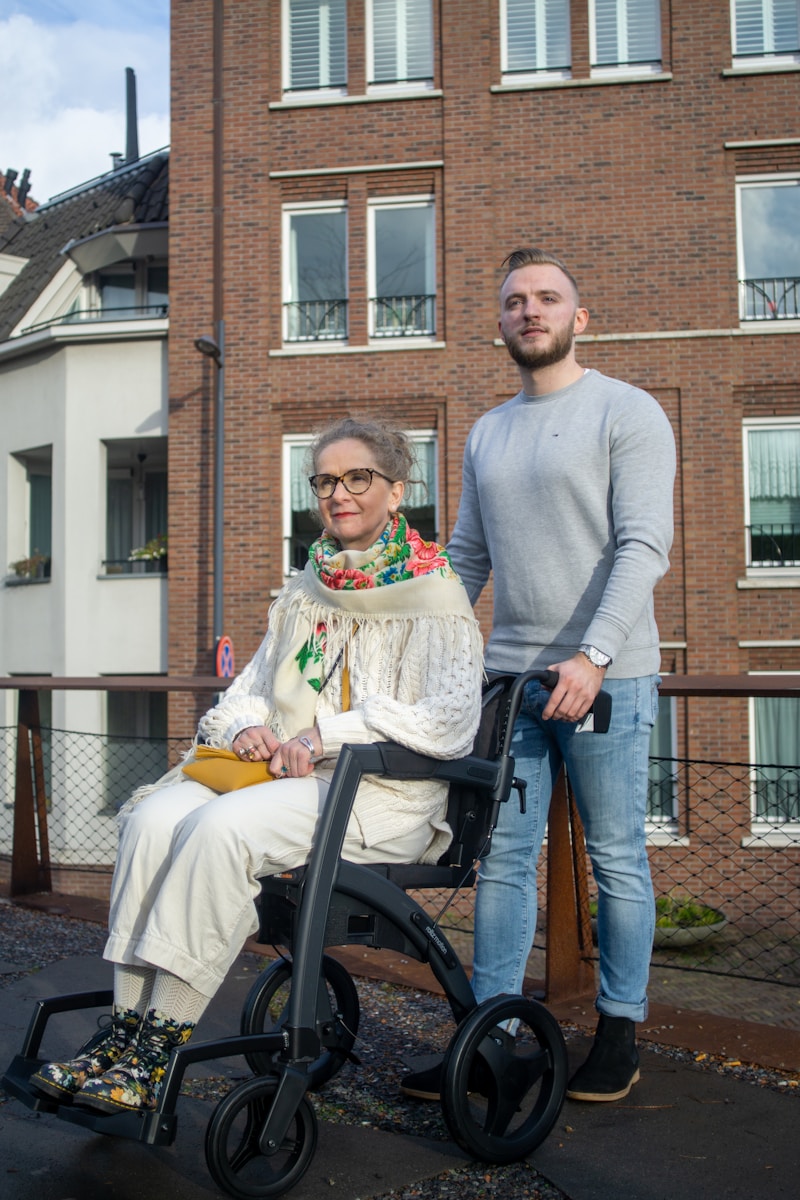SOAP Note Templates and Examples for Occupational Therapy
Introduction
Occupational therapists rely on detailed and structured documentation to track patient progress, justify treatment plans, and ensure continuity of care. The SOAP (Subjective, Objective, Assessment, Plan) note format is widely used in occupational therapy for its clarity and efficiency. This article provides a structured SOAP note template and real-world examples to illustrate its application in occupational therapy.
SOAP Note Template for Occupational Therapy
Subjective (S)
This section includes information reported by the patient, caregiver, or family members regarding the patient’s condition, concerns, or progress. It may include:
- Patient’s reported pain levels, discomfort, or functional limitations
- Statements about difficulties in daily activities
- Caregiver observations or concerns
- Any changes in symptoms or lifestyle
Example:
“The patient reports difficulty in gripping utensils while eating and experiences mild pain in the right wrist when performing self-care tasks. The caregiver notes that dressing tasks have become more challenging for the patient.”
Objective (O)
This section includes measurable data collected through observations, assessments, and tests conducted during the session. It may include:
- Range of motion (ROM) measurements
- Strength assessments
- Balance or coordination evaluations
- Functional task performance
Example:
- Right wrist ROM: 30 degrees flexion, 20 degrees extension.
- Patient required moderate assistance with buttoning a shirt.
- Grip strength measured at 10 lbs on a dynamometer (dominant hand).
- Demonstrated improved postural control during seated tasks.
Assessment (A)
The therapist interprets the subjective and objective data to provide a professional analysis of the patient’s progress, response to treatment, and potential barriers to recovery.
Example:
- Patient continues to experience reduced grip strength and fine motor difficulties, limiting independence in self-care tasks.
- Improvements in postural control suggest increased engagement in seated activities.
- Pain levels remain stable, indicating tolerance to therapy interventions.
Plan (P)
The final section outlines the next steps in the treatment plan, including specific goals, interventions, and any necessary modifications.
Example:
- Continue grip-strengthening exercises and fine motor coordination activities.
- Introduce adaptive equipment for eating and dressing.
- Reassess wrist ROM and grip strength in two weeks.
- Educate caregiver on compensatory strategies to enhance patient independence.
AllyScribe is an AI Scribe built for Allied Health professionals, it listens and transcribes your consultations, then generates notes and saves to your EHR, automating the entire process.
SOAP Note Example for an Initial Occupational Therapy Session
Patient: 68-year-old male post-stroke with right-sided weakness.
Subjective:
“I have trouble holding a spoon, and it’s hard to button my shirt. My right hand feels weak.”
Objective:
- Right-hand grip strength: 8 lbs (dynamometer)
- Required moderate assistance for dressing and grooming
- Observed poor coordination in reaching tasks
- Demonstrated increased compensatory movements with left hand
Assessment:
- Patient exhibits decreased grip strength and fine motor coordination in the right hand, limiting ability to perform ADLs independently.
- Increased left-hand use suggests adaptation but may contribute to learned non-use of the affected side.
Plan:
- Implement task-specific training for right-hand function.
- Introduce adaptive utensils for self-feeding.
- Educate patient on bilateral integration techniques.
- Reassess functional progress in one week.
SOAP Note Example for a Follow-Up Occupational Therapy Session
Patient: 42-year-old female with carpal tunnel syndrome undergoing occupational therapy for wrist pain and functional limitations.
Subjective:
“My wrist still feels stiff in the morning, but I can type for longer periods before the pain starts.”
Objective:
- Right wrist ROM: 35 degrees flexion, 25 degrees extension (improved from previous session)
- Typing endurance increased from 10 to 20 minutes before discomfort
- Patient demonstrated improved grip strength (12 lbs on dynamometer, up from 10 lbs)
Assessment:
- Increased typing endurance and grip strength indicate progress.
- Persistent morning stiffness suggests continued need for stretching and mobility exercises.
Plan:
- Continue progressive strengthening exercises.
- Introduce wrist mobility exercises before work activities.
- Educate patient on ergonomic workstation modifications.
- Reevaluate in two weeks to monitor further progress.
Conclusion
SOAP notes are an essential tool for occupational therapists, offering a structured method to document patient progress and plan interventions. By maintaining clear and thorough documentation, therapists can enhance patient outcomes and ensure effective communication with multidisciplinary teams.
Using AI-powered tools like AllyScribe can further streamline documentation, allowing occupational therapists to focus more on patient care while ensuring accuracy and compliance in their notes.

